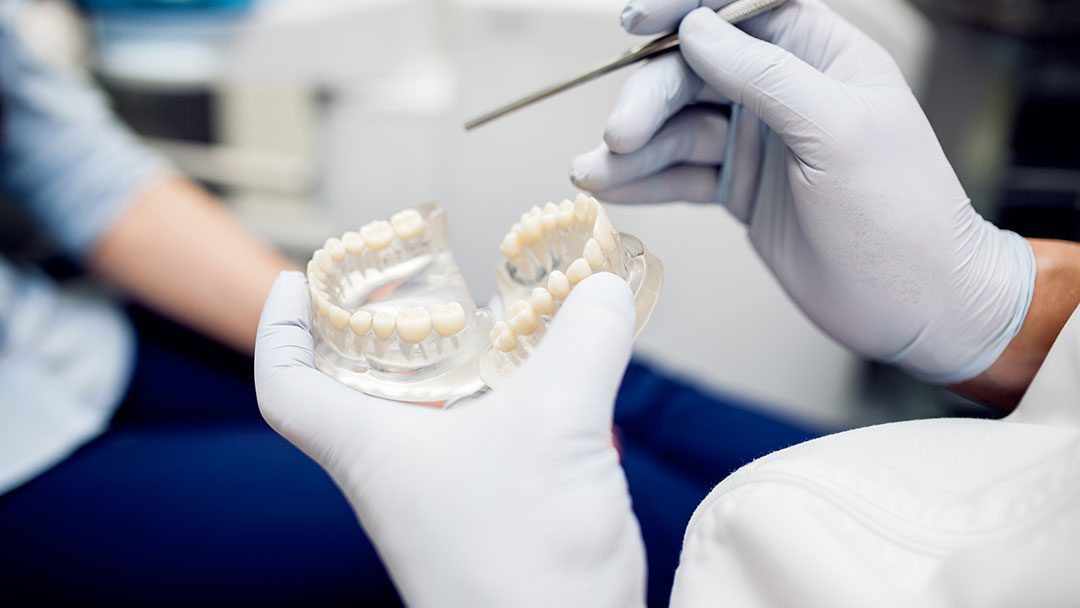What is a Restorative/ Prosthetic Dentistry?, – This refers to the replacement or restoration of natural teeth that had been damaged, decayed, lost, or missing. Here are the types of restorations:



Inlay surface coverage is minimal involving within the cusp tips of the tooth only. Onlay has more extensive tooth structure coverage involving more tooth cusps.
Onlays and inlays entail 2 to 3 visits for preparation, measurement fitting and final cementation.
First visit is for cavity preparation and measurement to be sent in the laboratory afterwards.
Second visit is for fitting and adjustments if needed then send back to the laboratory for glazing or final cementation if everything is fine and this will make a two-visit procedure only.
Third visit if for final cementation. The restorative material could be made wit porcelain resin to match the natural color of the teeth. Less tooth structure reduction is the advantage of this procedure.

Interested to know more about the service?
Schedule a visit now!



